GĐXH - Naturally ripened fresh tomatoes are nutritious, but only those with 5 or 6 petals on the stem are delicious. How can you tell if tomatoes have been artificially ripened with chemicals, and what is the simplest way to remove the toxins?
Choose tomatoes with a stem that has 5 or 6 lobes.
According to scientists , tomatoes are rich in vitamins A, C, K, B6, and trace elements such as folate and thiamin, potassium, manganese, magnesium, calcium, phosphorus, copper, fiber, and protein... making them very nutritious. 100g of raw tomatoes contains 18 kcal, 0.9g protein, 3.9g carbohydrates, 2.6g sugar, 1.2g fiber, and 0.2g fat.
Recently, housewives have been whispering to each other that tomatoes with a six-lobed stem are tastier than those with five lobes. In reality, tomatoes with five-lobed or six-lobed stems are available on the market – and these women believe that the six-lobed tomatoes are better.
 Experts share the best and most nutritious ways to prepare chicken eggs.
Experts share the best and most nutritious ways to prepare chicken eggs.Regarding this matter, Dr. Nguyen Hong Hanh (Lecturer at the Faculty of Agriculture, Vietnam Academy of Agriculture ) explained in the press that the number of petals on the stem of the tomato is not related to the quality of the fruit. Accordingly, Beef tomato varieties originating from Europe have the advantage of being large, firm, with few seeds, and thick flesh. When ripe on the vine, the fruit is large, dark red, fleshy, and flavorful, often having a six-petaled stem. Perhaps this is why many people assume that tomatoes with a six-petaled stem taste better than those with a five-petaled stem . In reality, choosing a good tomato doesn't depend too much on whether it has a five-petaled or six-petaled stem. Simply observe the color and shape of the fruit to select fresh and delicious tomatoes.
Ms. Nguyen Thi Yen (who specializes in wedding catering) shared that for celebratory meals, tomatoes must be naturally ripened, have a beautiful red color, thin, plump skin, and upon close inspection, you can see tiny specks of pulp through the skin. Naturally ripened tomatoes should be juicy, have a slightly sandy (powdery) bottom, and a light, pleasant aroma. When cut in half, the seeds should be yellowish-white and covered in a slimy membrane (not green) – only then will they have a delicious flavor, a beautiful red color, and look appealing when carved into decorative shapes for meals and banquets.
Alternatively, you can touch or gently press the tomato; if it feels slightly soft and springs back, it's a good tomato. This type only keeps well in the refrigerator for one week.
Look for tomatoes with fresh, firmly attached stems – these are freshly picked. Conversely, tomatoes with wilted stems are old and not as fresh.
Naturally ripened tomatoes have uneven coloring. Even within the same tomato, areas that receive more sunlight will be more red than areas that receive less. Therefore, naturally ripened tomatoes usually have a reddish-yellow hue. The stem end, hidden by the stem, appears lighter in color. Therefore, when buying tomatoes, avoid those with uniformly red stems and skin.
With tomatoes of the same size, the heavier one will taste better. If a tomato of similar size feels light when picked up, it has a lower water content and won't taste as good.
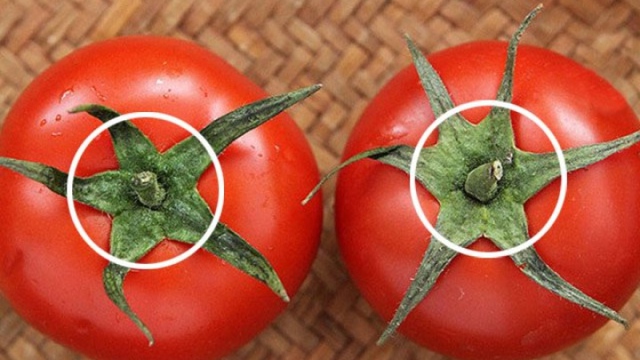
The best tomatoes aren't judged by whether they have 5 or 6 petals on the stem. Just observe the color and shape of the fruit to choose a good one. (Image from the internet)
Identifying good tomatoes
There are many ways to distinguish between naturally ripened tomatoes and tomatoes ripened artificially with chemicals, but you can identify a few differences with the naked eye:
Chemically pickled tomatoes
Tomatoes treated with chemicals are large, have uniformly shiny red skin, lack stems, and can be stored for months without wilting or rotting.
Tomatoes that have been used to stimulate fruit growth or ripen early may have a distorted, unbalanced shape. The skin may be evenly red, beautiful but thick and hard to the touch (because the inside of the fruit is still green), have little water, and no natural aroma.
In addition, if the tomato feels firm to the touch and press, it has likely been treated with chemicals to ripen it evenly, giving it a beautiful red color, but with a hard skin and an unnatural aroma. Furthermore, if the bottom of the tomato protrudes, and when cut in half, the seeds inside are still green and lack any gritty texture, it's likely a sign of ripeness.
At the same time, when tomatoes are artificially ripened with chemicals, the resulting liquid is watery and bland (not beautifully red because it contains less sand), lacks the natural aroma and flavor, and takes a very long time to cook until tender.
When left in a normal environment, tomatoes ripened artificially with chemicals tend to soften quickly, bruise easily, and lose the firmness of naturally ripened fruit.
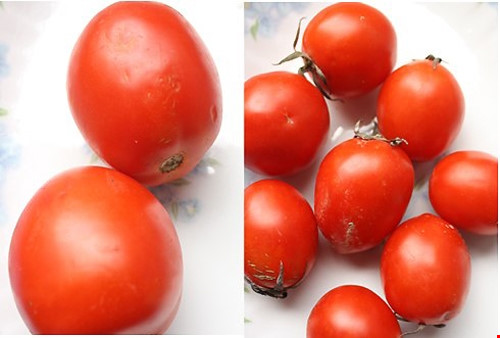
Tomatoes with a stem firmly attached to the fruit are vine-ripened tomatoes. (Image from the internet)
How to remove chemicals from tomatoes
Here are some tips from many housewives to minimize the harmful effects of chemicals on tomatoes:
- Soak tomatoes in diluted salt water for 15-20 minutes to reduce the amount of chemicals clinging to the surface, then rinse them with clean water.
- Alternatively, soak in diluted lemon juice for 10-15 minutes – the mild acid in lemon helps remove some of the remaining chemicals.
- Wash the tomatoes with clean water, gently scrub them under running water with a soft brush to remove dirt and some chemicals.
- Peel the tomatoes before use (if you suspect they contain chemicals).
These methods help housewives feel more at ease because they remove some of the chemicals used to ripen tomatoes before cooking.
Things to note when eating tomatoes
- If you want to eat tomatoes raw, you need to soak and wash them thoroughly.
- You should only eat 1-2 tomatoes per day and only eat ripe tomatoes.
- Avoid eating green or uncooked tomatoes because they contain compounds that can easily cause poisoning, nausea, fatigue, excessive salivation, etc.
- Avoid eating tomatoes on an empty stomach, as the substances in them can make digestion difficult. The habit of eating green, unripe tomatoes can lead to stomach ulcers.
- Avoid eating tomato seeds to prevent indigestion and appendicitis.
According to the guidelines of MEDLATEC General Hospital.
 Famous pork offal restaurants in Tay Ho district
Famous pork offal restaurants in Tay Ho districtSource: https://giadinh.suckhoedoisong.vn/mua-ca-chua-num-5-hay-6-canh-va-cach-khu-doc-cho-ca-chua-bi-ep-chin-bang-hoa-chat-don-gian-nhat-172241009160144163.htm



![[Photo] Closing Ceremony of the 10th Session of the 15th National Assembly](/_next/image?url=https%3A%2F%2Fvphoto.vietnam.vn%2Fthumb%2F1200x675%2Fvietnam%2Fresource%2FIMAGE%2F2025%2F12%2F11%2F1765448959967_image-1437-jpg.webp&w=3840&q=75)


![[Photo] Prime Minister Pham Minh Chinh holds a phone call with the CEO of Russia's Rosatom Corporation.](/_next/image?url=https%3A%2F%2Fvphoto.vietnam.vn%2Fthumb%2F1200x675%2Fvietnam%2Fresource%2FIMAGE%2F2025%2F12%2F11%2F1765464552365_dsc-5295-jpg.webp&w=3840&q=75)

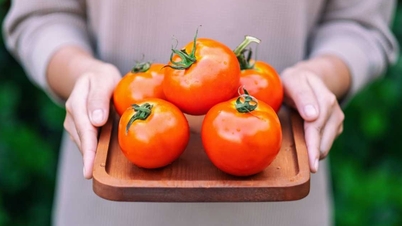

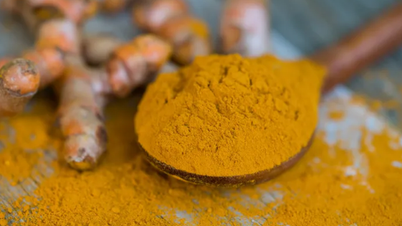

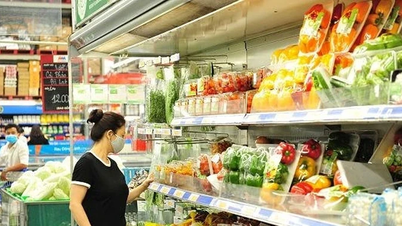

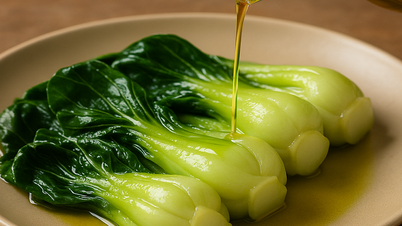

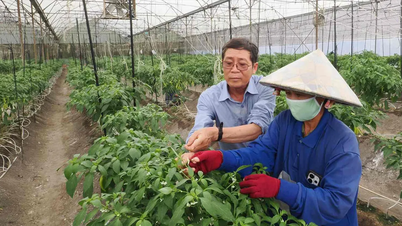


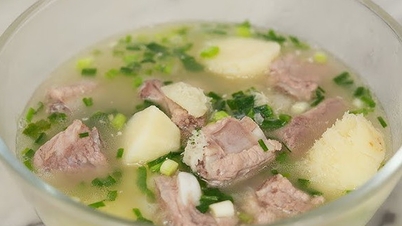


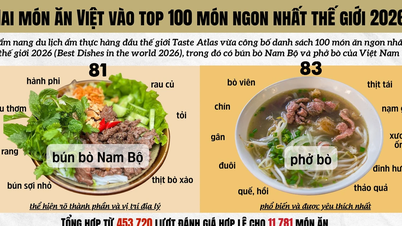


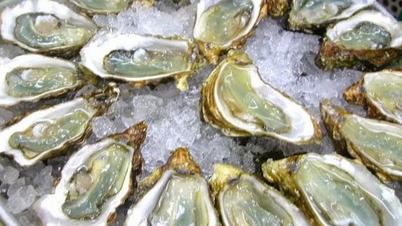






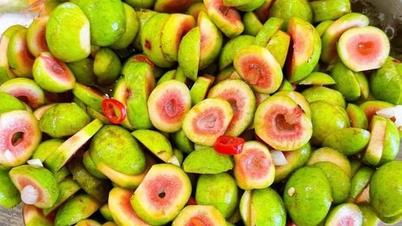
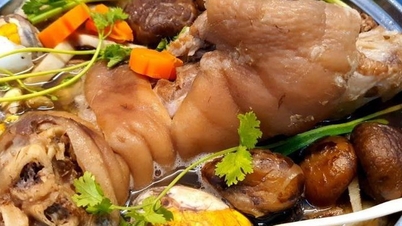


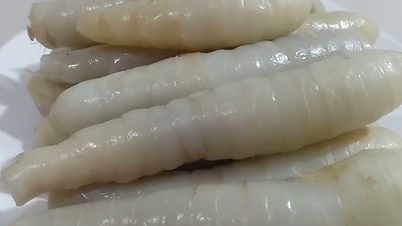
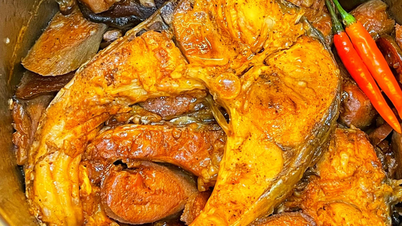





















![[OFFICIAL] MISA GROUP ANNOUNCES ITS PIONEERING BRAND POSITIONING IN BUILDING AGENTIC AI FOR BUSINESSES, HOUSEHOLDS, AND THE GOVERNMENT](https://vphoto.vietnam.vn/thumb/402x226/vietnam/resource/IMAGE/2025/12/11/1765444754256_agentic-ai_postfb-scaled.png)



















































Comment (0)